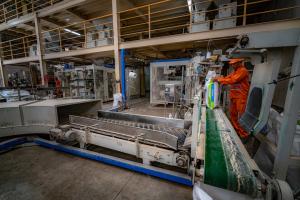
News
Across the Globe, CEOs Now Focus on Building Resilience and Sustainability to Meet SDGs
Companies globally are deploying innovations and partnerships to deliver results, according to largest CEO survey.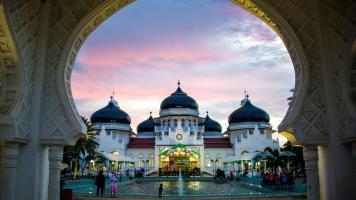
News
Indonesia and Malaysia Share Top Spot in Global Muslim Travel Index 2023
Muslim international arrivals hit 110 million in 2022 and are forecast to reach 140 million this year.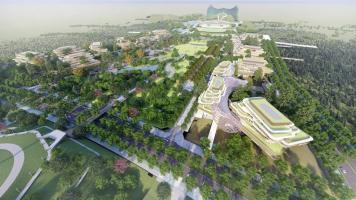
Article
Indonesia Wants New Capital to Be a Model City
As a model city, the new capital is seen to help in the transition to net zero, achieve climate resilience, and ensure economic prosperity for all.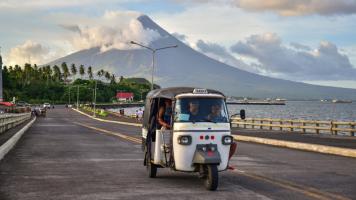
Article
Jumpstarting the EV Market in the Philippines
Zero tariff on electric vehicles and other incentives are expected to encourage more Filipinos to opt for cleaner, greener vehicles.
News
Positive But Cautious Outlook for Tourism Sector in 2023
UNWTO sees visitor arrivals nearing pre-pandemic levels in some regions but notes slow recovery in Asia–Pacific.
News
Google-Led Study Sees a $1-Trillion Digital Economy in Southeast Asia by 2030
Research by Google, Temasek, and Bain shows the digital economy in Southeast Asia could grow beyond the pandemic to $1 trillion by 2030. The largest economy, Indonesia, could become twice the size of the regional market today.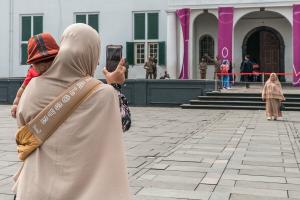
News
Southeast Asia’s Digital Economy to Hit $200B in 2022
Google-led study says e-commerce continues to accelerate, but travel and transport will take time to fully recover.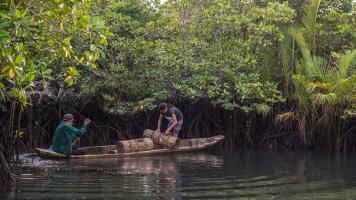
Article
How Nature-Friendly Solutions Can Help Curb Floods in Mindanao
An ecosystem-based approach provides a low-cost way of avoiding more than $60 million in damages annually due to floods, says an ADB study.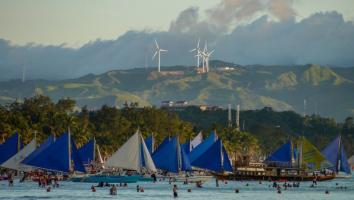
News
BKCF Grants Fund Now Open for Third Round of Project Proposals
Priority projects include renewable energy, green enterprises, sustainable tourism, low-carbon transport, and high-quality agro-fisheries production.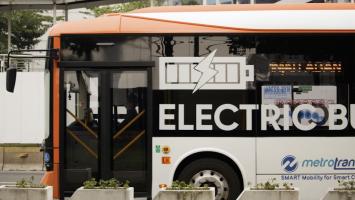
News
